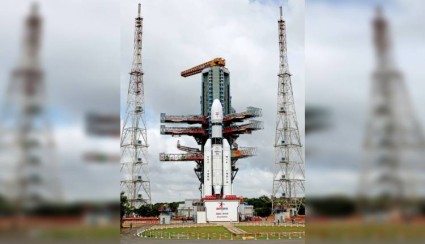Afghanistan’s Acting Minister of Public Works, Mullah Mohammad Isa Sani, met with Chinese Ambassador Zhao Xing in Kabul to discuss expanding economic and transit cooperation between the two countries.
According to a statement from the Ministry of Public Works, Sani highlighted the strong social, economic, and political ties between Afghanistan and China, expressing appreciation for Beijing’s continued support.
The talks also focused on the Wakhan Corridor, a key trade route linking the two nations. Sani noted that the Ministry has completed the corridor’s survey, and design work is now underway.
Discussions also covered the Afghan-Transit Project, aimed at connecting Central Asia with South Asia through Afghanistan. Sani assured that his ministry is fully prepared to launch the initiative, emphasizing its role in boosting regional trade and connectivity.
At the conclusion of the meeting, both sides reaffirmed their commitment to strengthening economic cooperation, increasing trade, and collaborating on infrastructure development.
The Wakhan Corridor is a narrow strip of territory in the Badakhshan province of Afghanistan. This corridor stretches eastward, connecting Afghanistan to Xinjiang, China. It also separates the Mountanous-Badakhshan Autonomous Region of Tajikistan in the north from the Khyber Pakhtunkhwa and Gilgit-Baltistan regions in Pakistan in the south, the latter of which is also part of the disputed region of Kashmir. This high mountain valley, which rises to a maximum altitude of 4,923 m., serves as the source of both the Panj and Pamir rivers, which converge to form the larger Amu Darya River. For centuries, a vital trade route has traversed this valley, facilitating the movement of travelers to and from East, South, and Central Asia.
The corridor was formed after an 1893 agreement between Mortimer Durand of the British Raj and Emir Abdur Rahman Khan of Afghanistan, creating the Durand Line. This narrow strip acted as a buffer zone between the Russian Empire and the British Empire (the regions of Russian Turkestan, now in Tajikistan and the northern part of British Raj, now in Pakistan). Its eastern end bordered China's Xinjiang region, then claimed by the Qing dynasty.















